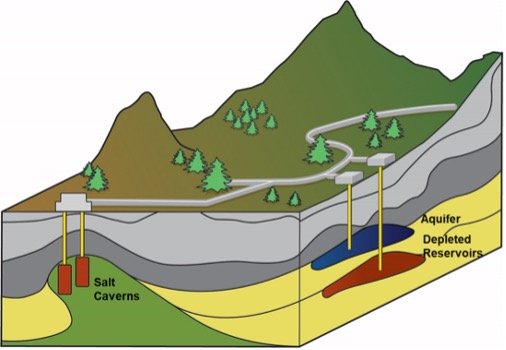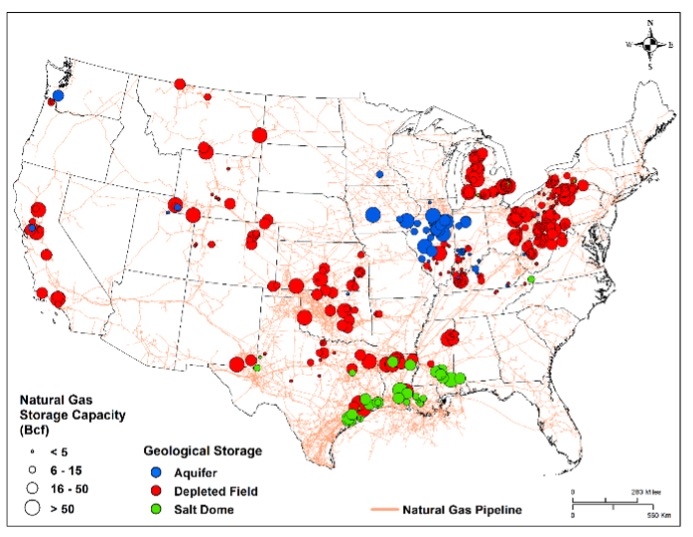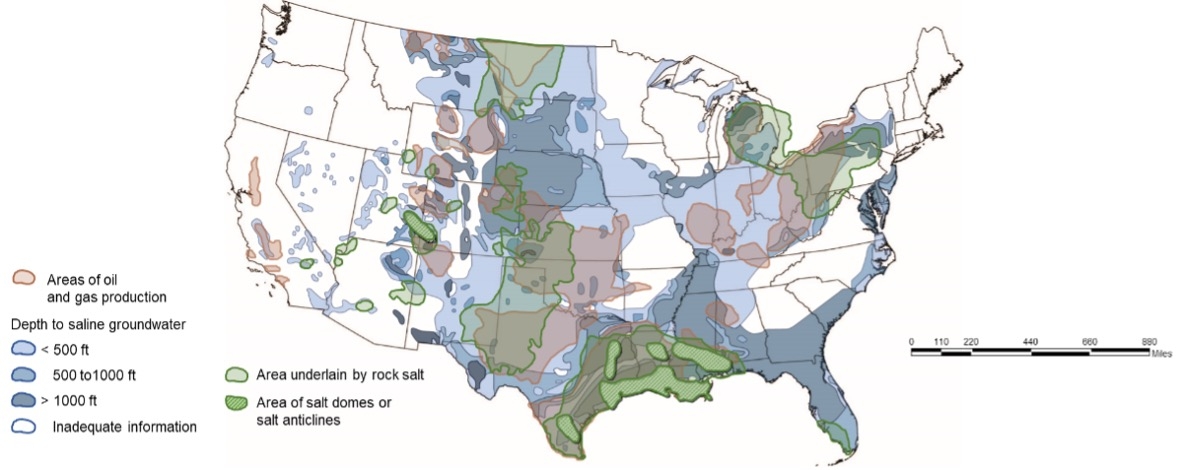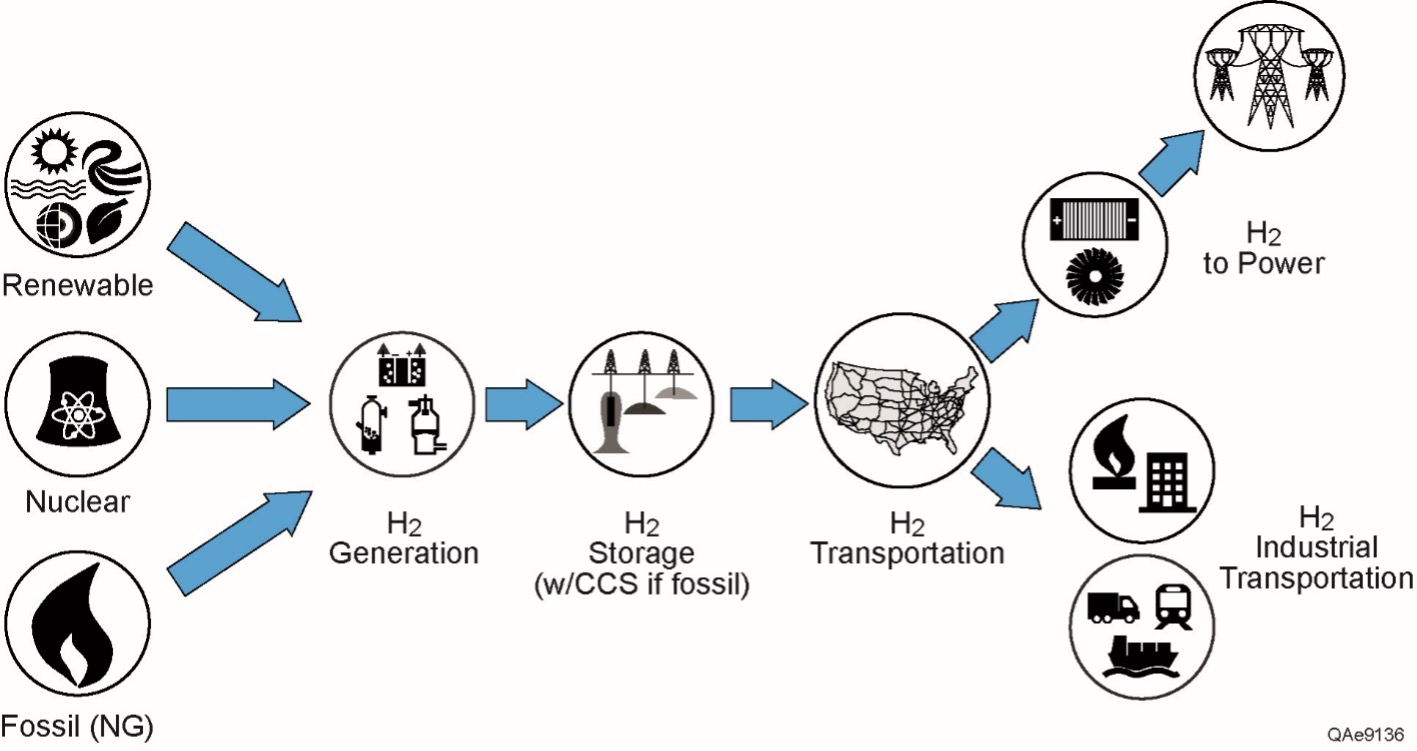Hydrogen Infrastructure Expansion Requires Realistic Framework

Mark W. Shuster, Shuvajit Bhattacharya, Ian J. Duncan, Peter Eichhubl, Seyyed A. Hosseini, Farzam Javadpour, Jay P. Kipper, Ning Lin, Jean-Philippe Nicot, Bo Ren
Oil and Gas Journal, v. 119, no. 5, article no. 14202928
Study Summary
This study highlights some of the infrastructure challenges required for development of a hydrogen economy in the United States including storage, and market uncertainty; and outlines a path for future research on geological storage, scenario- based market models and analysis, and investigations on the potential for in situ, subsurface generation of hydrogen.
Why is this research important and why do the results matter?
With expected improvements in hydrogen generation technologies (most notably electrolysis) and reductions in costs, the supply of hydrogen will grow. Modeling and assessing supply and demand–driven market scenarios will provide the framework through which to better plan for realistic infrastructure and storage requirements. Hydrogen (H2) offers the potential for a transportable, storable fuel for a low-carbon economy. Hydrogen can be generated through electrolysis using solar, wind, or nuclear power sources without greenhouse gas emissions or from hydrocarbons such as natural gas using processes like steam methane reforming. We see the need to estimate the cost-optimal hydrogen infrastructure with different scenarios projecting hydrogen supply and demand in the United States, with the development of a detailed infrastructure model of the entire U.S. pipeline system and export capabilities via LNG and liquified hydrogen as well as new pipeline and transportation options (trucks, barges, and trains). The intent is to leverage comprehensive data and understanding of natural gas infrastructure to inform a baseline for building an infrastructure system for hydrogen.
Development of hydrogen markets will require modeling of hydrogen infrastructure systems that cover the simulation and modeling of delivery and storage choices of hydrogen from production to market.


- Hydrogen as a gas offers a very simple energy carrier and storage option. It can be used directly for energy generation through combustion or fuel cells or as feedstock for industrial manufacturing of hydrogen-based solid and liquid compounds. Because of hydrogen’s relatively low energy density by volume (about one-third of the energy per unit volume of natural gas), hydrogen storage and transportation are critical for large-scale utilization. In the United States, an extensive natural gas pipeline network provides an excellent starting point for hydrogen transportation and distribution. Large-scale geological storage will need to be developed for hydrogen to allow for supply beyond current industrial usage. On the basis of the multidecade history of natural gas storage in the United States, geological storage of hydrogen in salt (dissolution) caverns, depleted oil and gas fields, and saline aquifers affords the potential for large- volume storage capacity of hydrogen gas.
- Hydrogen can be generated from in situ combustion (ISC) of hydrocarbons and underground coal gasification (UCG) under controlled conditions. We see an opportunity to investigate the potential of ISC for the primary purpose of hydrogen generation in porous media. The benefit of generating hydrogen from the subsurface is that it would provide a direct hydrogen source utilizing thermal energy from the combustion of hydrocarbons in place. If hydrogen can be produced at the wellhead from ISC, CO2 and other emissions can be separated and reinjected into the subsurface. Additionally, new developments in selective filtering membrane technology can be adapted for use downhole, opening the door for systems to allow for hydrogen production from the reservoir while retaining some or all of the cogenerated CO2 and other emissions in the reservoir.
We envision a new and exciting area of research to investigate ISC for hydrogen production.
